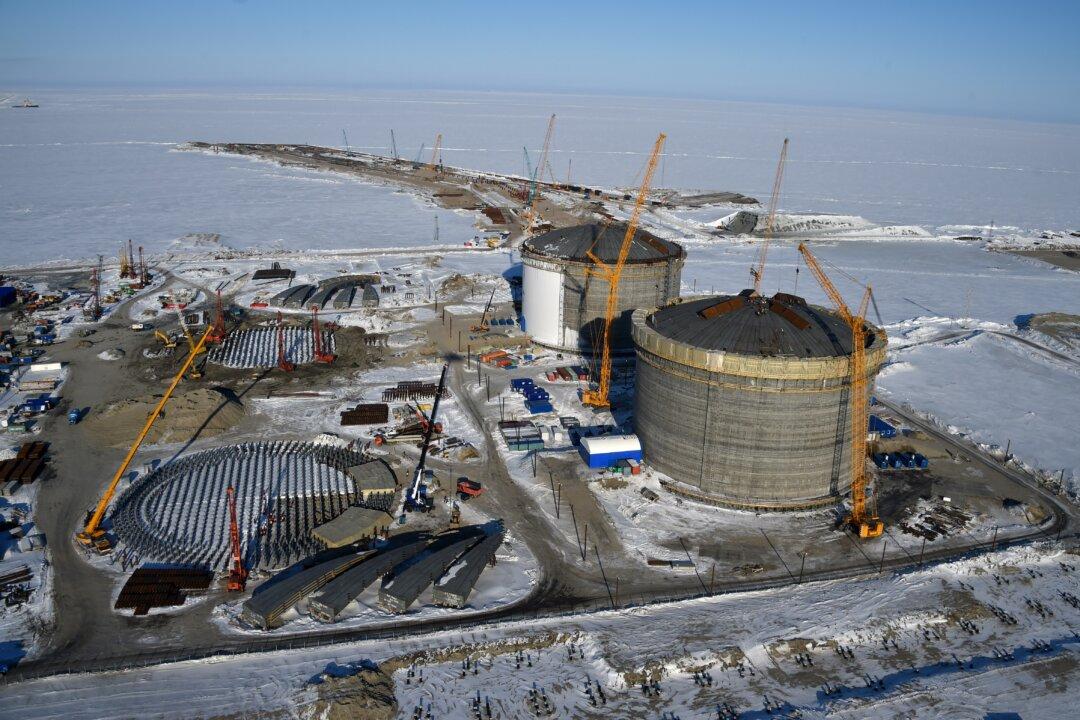Europe’s record low supply of natural gas could see the rest of the world paying larger heating bills in an effort to stay warm this winter, experts warn.
Natural gas prices have risen more than 35 percent in the past month amid lower supplies and a surge in demand as pandemic-hit economies around the world reopen, prompting fears that there is simply not enough gas stored up for the winter if temperatures were to be particularly cold in the northern hemisphere.





